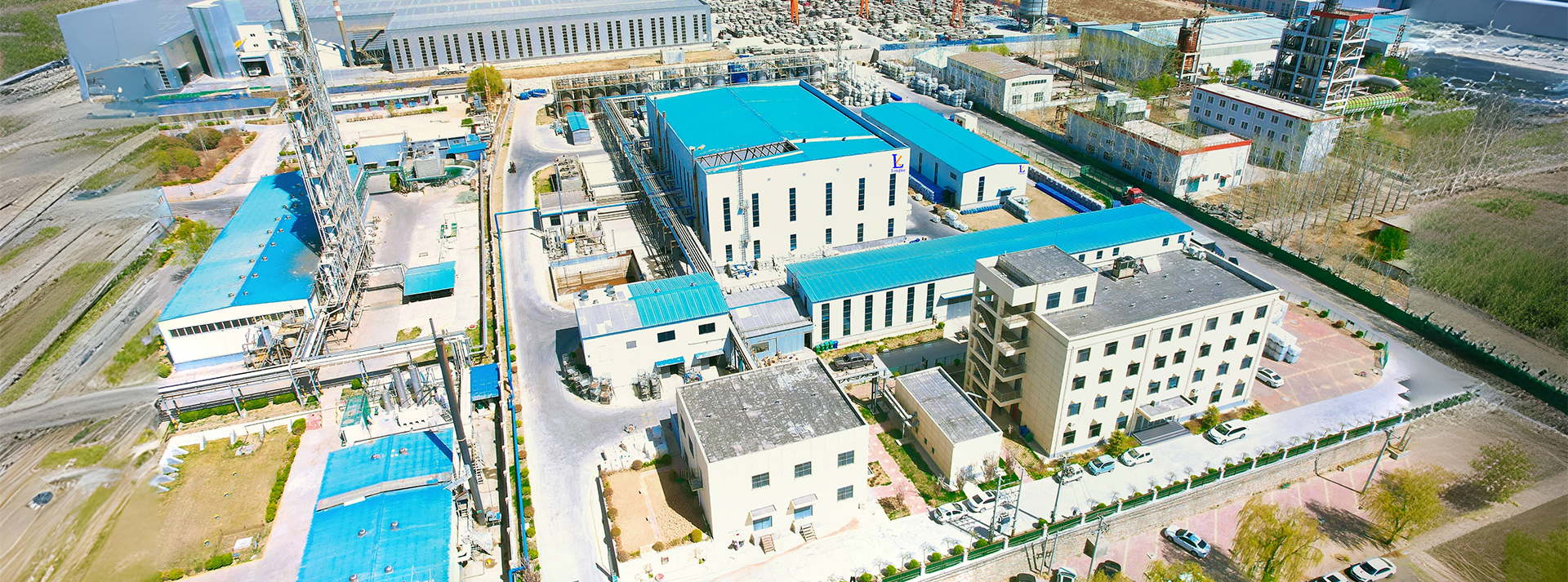coagulation flocculation
Understanding Coagulation and Flocculation in Water Treatment
Coagulation and flocculation are critical processes in the water treatment industry, essential for the removal of particulates and impurities from water. These processes are commonly used in municipal water supply, wastewater treatment, and various industries that require clean water. This article will explore the concepts of coagulation and flocculation, their mechanisms, applications, and benefits.
What are Coagulation and Flocculation?
Coagulation refers to the process of destabilizing colloidal particles in water, which are normally suspended and negatively charged. Due to this charge, they repel each other and remain dispersed. Coagulants, which are typically metal salts such as aluminum sulfate or ferric chloride, are added to the water. These chemicals neutralize the negative charges on the particles, causing them to clump together into larger aggregates.
Flocculation follows coagulation and involves the gentle mixing of water to encourage the aggregates, known as flocs, to grow larger and settle more effectively. In this process, flocculants—often organic polymers—are introduced to enhance the binding of the particles. This stage is crucial because larger flocs can be more easily removed from the water through sedimentation or filtration.
Mechanisms of Coagulation and Flocculation
The effectiveness of coagulation and flocculation is influenced by several factors, including pH, temperature, and the particular characteristics of the water being treated. The chosen coagulant must match the specific impurities present in the water. For example, positively charged particles are attracted to coagulants, leading to the formation of flocs that can be filtered out later.
coagulation flocculation

The process usually starts with rapid mixing to disperse the coagulant thoroughly throughout the water. This is followed by slow mixing to promote the aggregation of the flocs without breaking them apart. Finally, sedimentation or flotation occurs, as the heavier flocs settle at the bottom or rise to the surface where they can be removed.
Applications and Benefits
Coagulation and flocculation are widely employed in various water treatment applications. In drinking water purification, these processes help remove sediment, microorganisms, and organic matter, ensuring water is safe for consumption. In industrial settings, they are crucial for treating wastewater before it is discharged into the environment, helping to meet regulatory standards and protect ecosystems.
The benefits of these processes extend beyond just the removal of contaminants. By improving the clarity and quality of water, they enhance the effectiveness of downstream processes such as filtration and disinfection, ultimately leading to healthier water supplies. Moreover, coagulation and flocculation are cost-effective methods that can significantly reduce the need for more expensive and complex treatment technologies.
Conclusion
In conclusion, coagulation and flocculation play a pivotal role in modern water treatment. By understanding their mechanisms and applications, we can appreciate how these processes contribute to the production of clean, safe drinking water and the treatment of wastewater. As water quality concerns continue to grow globally, the significance of these processes will only increase, highlighting the need for ongoing research and development in this essential field.
-
Water Treatment with Flocculant Water TreatmentNewsJun.12,2025
-
Polymaleic AnhydrideNewsJun.12,2025
-
Polyaspartic AcidNewsJun.12,2025
-
Enhance Industrial Processes with IsothiazolinonesNewsJun.12,2025
-
Enhance Industrial Processes with PBTCA SolutionsNewsJun.12,2025
-
Dodecyldimethylbenzylammonium Chloride SolutionsNewsJun.12,2025





